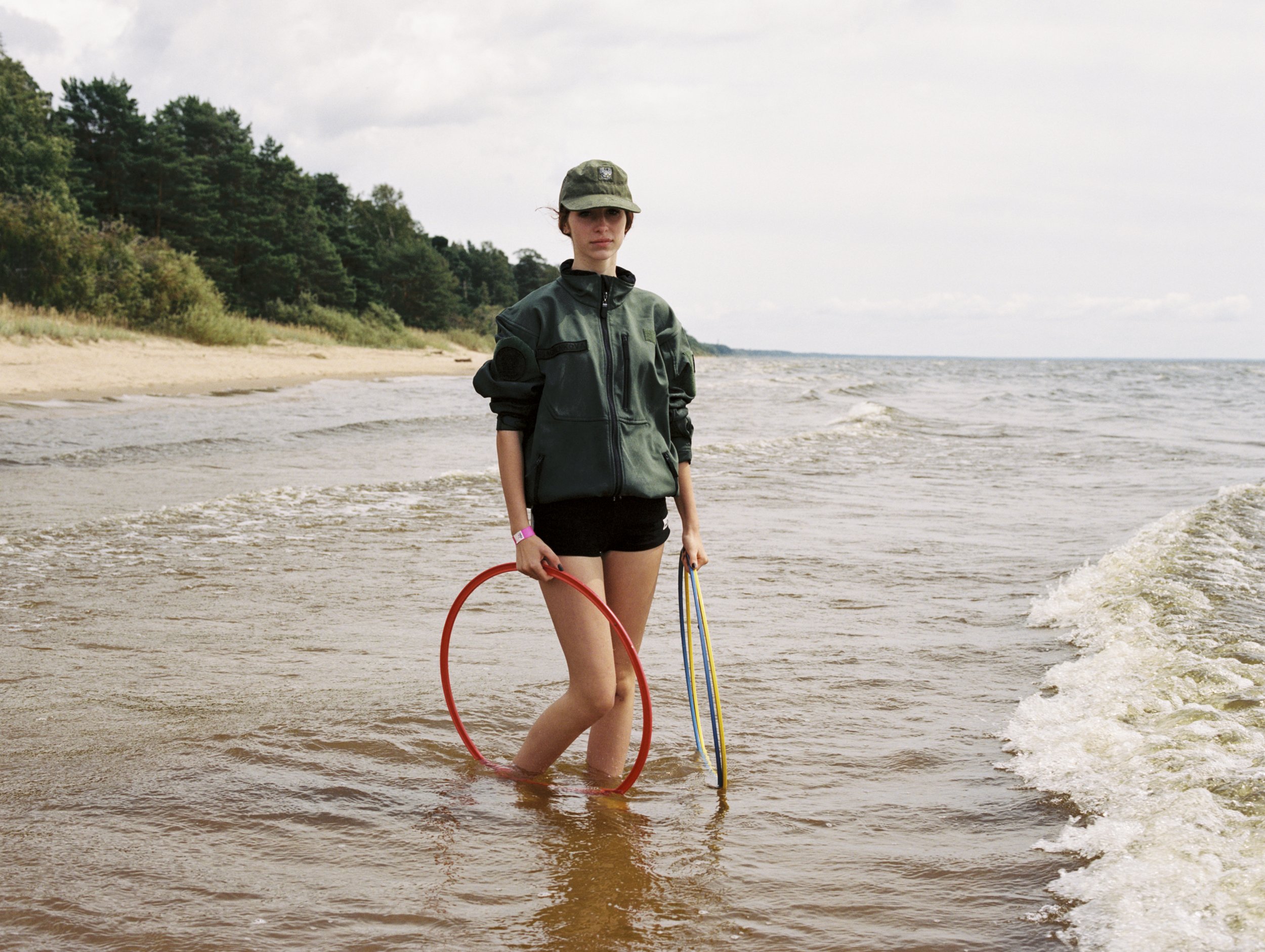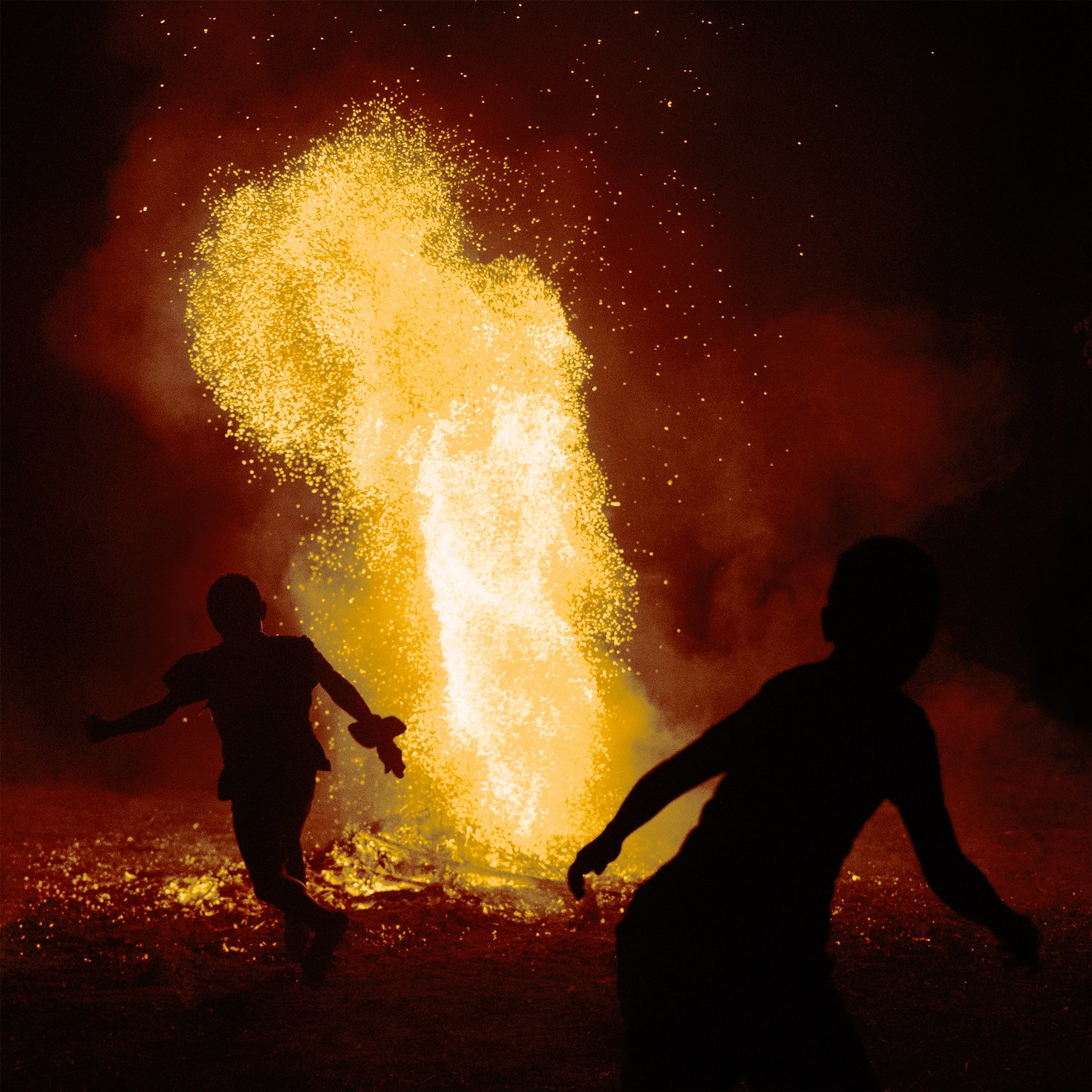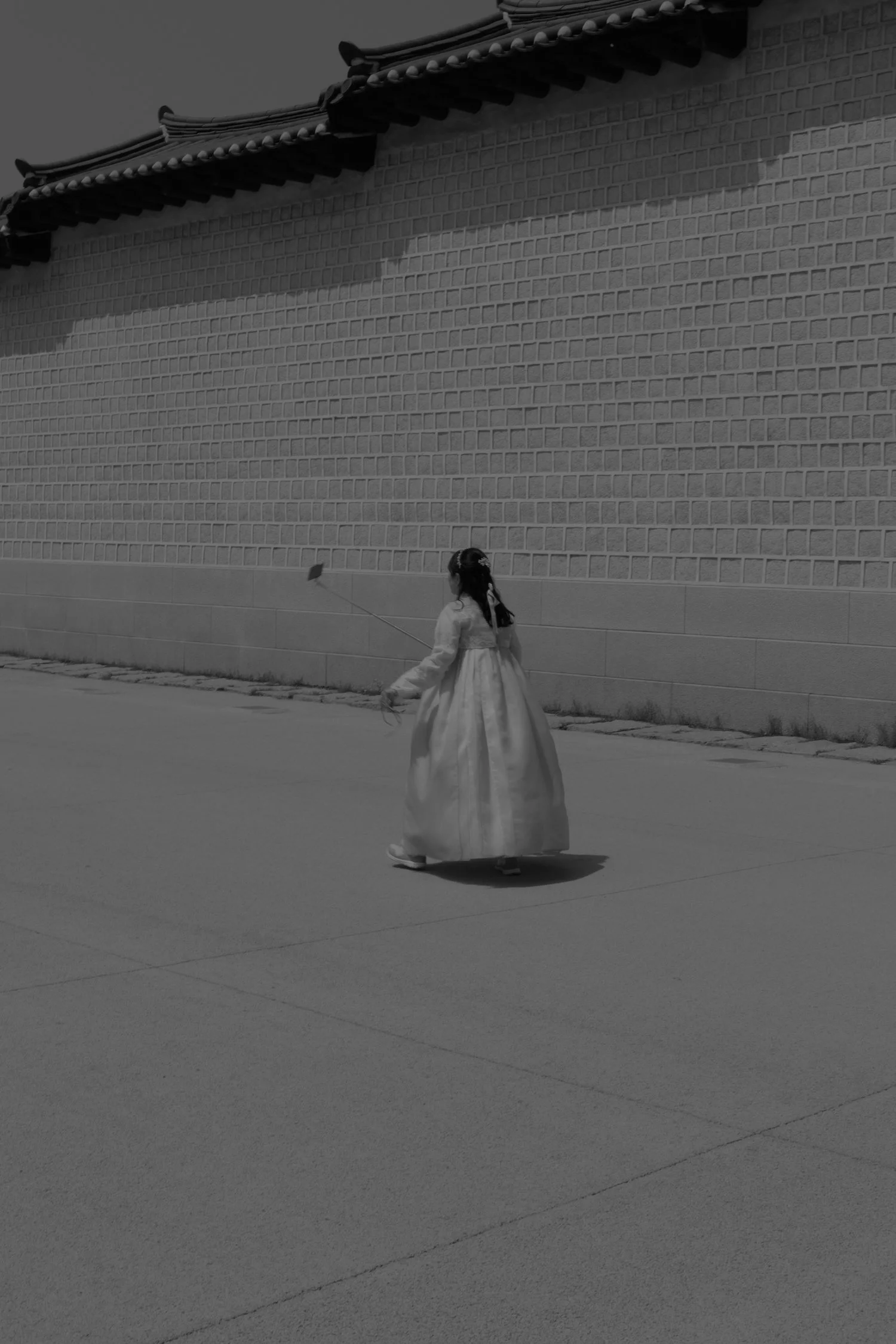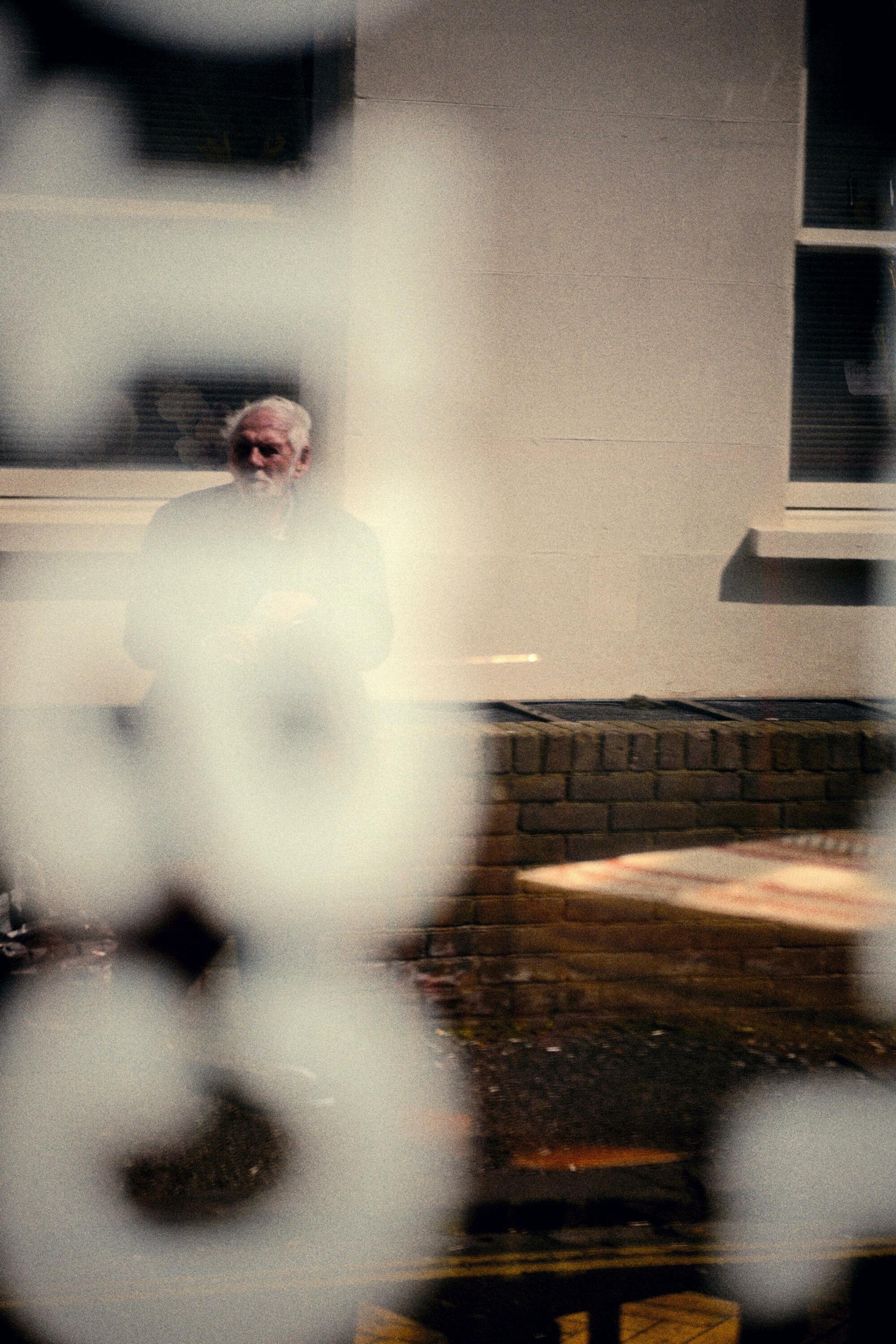This isn’t Divide and Conquer
India gained its independence from British forces 75 years ago. During this process, a new border was swiftly drawn, separating cities and families. Photographer Aaryan Sinha embarked on a journey to all five Indian states that share a border with Pakistan and investigated how historical events have shaped the Indian landscape and the identity of its people.
Photography Aaryan Sinha1947, the year they left, and the year we separated. Almost a hundred years before that, they introduced photography to us. It was the ideal instrument to catalogue their journeys.
The map I grew up with is different from yours. The map of India that Indians grow up with is different from the one Pakistanis grow up with. The map is different from what the United Nations sees India to be. It is also different from the one my grandfather grew up with.
I lost him at the age of six, and the only memories I hold of him are the stories from my father and grandmother. One story that has stuck with me is one of my father accompanying him to an Indian Military College, RIMC, where he graduated from to join the Indian Armed Forces. It was a reunion with Indian Army officials as well as Pakistani ones. The fact was that they grew up together, learned together, drank together, and ate together. But after 1947, they would be face to face against one another.
The border is what separates us; it is where history is embedded. History that defines the identity of the land I come from, the land where I lost my grandfather. The hastily drawn line by the British separated cities, villages, and families. Using photography, "This isn't Divide and Conquer" investigates how historical events play a part in shaping the Indian landscape and the identity of its people while questioning the relationship between photography, colonialism, and my position within this realm. In my journey to places old and new, this project takes shape. It is conceived in the five states of India that share a border with Pakistan. Cataloguing my journey, trying to understand the direct and indirect impact of the separation 75 years ago as we gained our independence.
The border is what separates us; it is where history is embedded. … The hastily drawn line by the British separated cities, villages, and families.
About Aaryan
Aaryan Sinha (born 2001) is a photographer originally from New Delhi, India, currently based in the Netherlands. He completed his bachelor’s degree in Photography from the Royal Academy of Art, Den Haag in 2023.
With his photographic practice, he tends to work on topics relating to his homeland of India and his ever-changing identity in relation to that. Having lived in a part of Western society for over 4 years now, he is more intrigued and inspired by the roots he comes from. With each of his recent projects beginning with the question ‘What is the notion of Indian identity?’. Photography as a medium along with archival material and text gives him the opportunity to question and observe certain issues that arise in his journey. In terms of the process, the images come first through an intuitive exploration of the land he comes from, focusing on the details that reside in the Indian landscape. And the concept later, through analysis of the collected imagery, once certain distance has been gained. It is further moulded and formalised, during the editing and sequencing part of the process, that often leads to a publication.
He recently was announced as Laureate of Dior Photography and Visual Arts Award for Young Talents (2023) exhibiting at Luma Arles. His previous works have been exhibited in The Grey Space in the Middle, Den Haag (2022) Foam, Amsterdam (2021), Noordelicht Photo Festival (2020).
To see more of his work, visit his website or follow him on Instagram













































